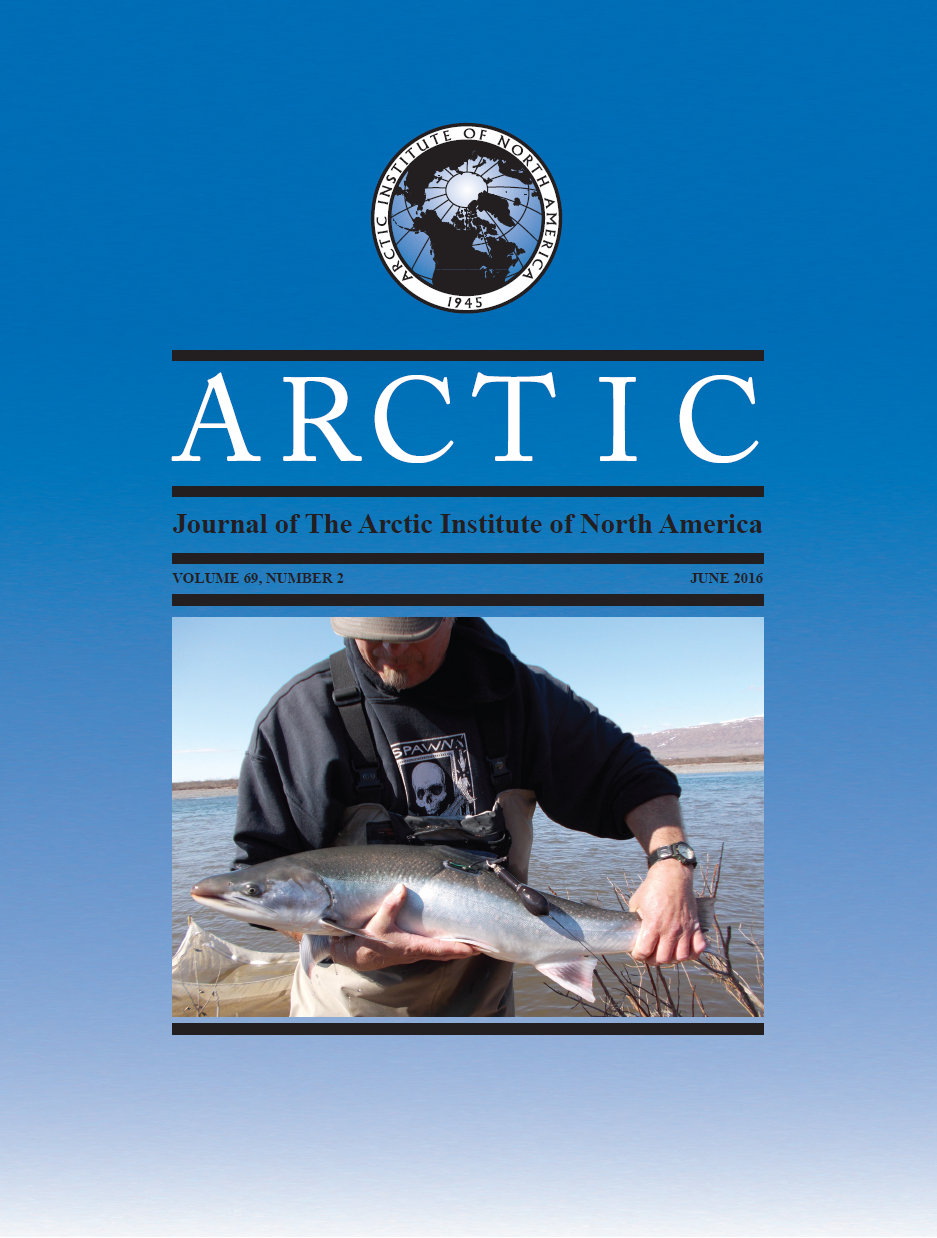Stratigraphic and Paleoenvironmental Reconstruction of a Mid-Pliocene Fossil Site in the High Arctic (Ellesmere Island, Nunavut): Evidence of an Ancient Peatland with Beaver Activity + Online Appendix Figures S1 and S2 (See Article Tools)
DOI:
https://doi.org/10.14430/arctic4567Keywords:
sedimentology, diatom, paleoenvironmental reconstruction, Ellesmere Island, Beaver Pond Site, Pliocene, beaver, peat, fossil, fireAbstract
Neogene terrestrial deposits of sand and gravel with preserved wood and peat accumulations occur in many areas of the High Arctic. The Pliocene-aged Beaver Pond fossil site (Ellesmere Island, NU) is one such site that differs from other sites in the great thickness of its peat layer and the presence of a rich vertebrate faunal assemblage, along with numerous beaver-cut sticks. Although the site has been the subject of intense paleontological investigations for over two decades, there has not been a reconstruction of its depositional history. In this study, measured sections within and surrounding the site established the stratigraphy and lateral continuity of the stratigraphic units. Grain size analysis, loss on ignition, and fossil diatom assemblages were examined to reconstruct paleoenvironmental changes in the sequence. The base of the section was interpreted as a floodplain system. Using modern peat accumulation rates, the maximum thickness (240 cm) of the overlying peat layer is estimated to represent 49 000 ± 12 000 years. From this evidence, we suggest that during the peat formation interval, beaver activity may have played a role in creating an open water environment. The peat unit was overlain by sand, rich in organic matter and charcoal, suggesting environmental change and fire occurrence.


